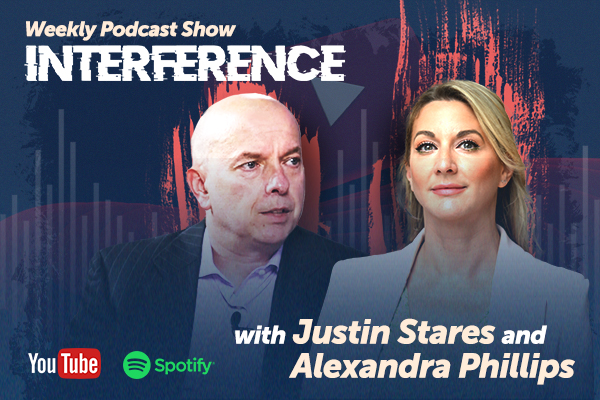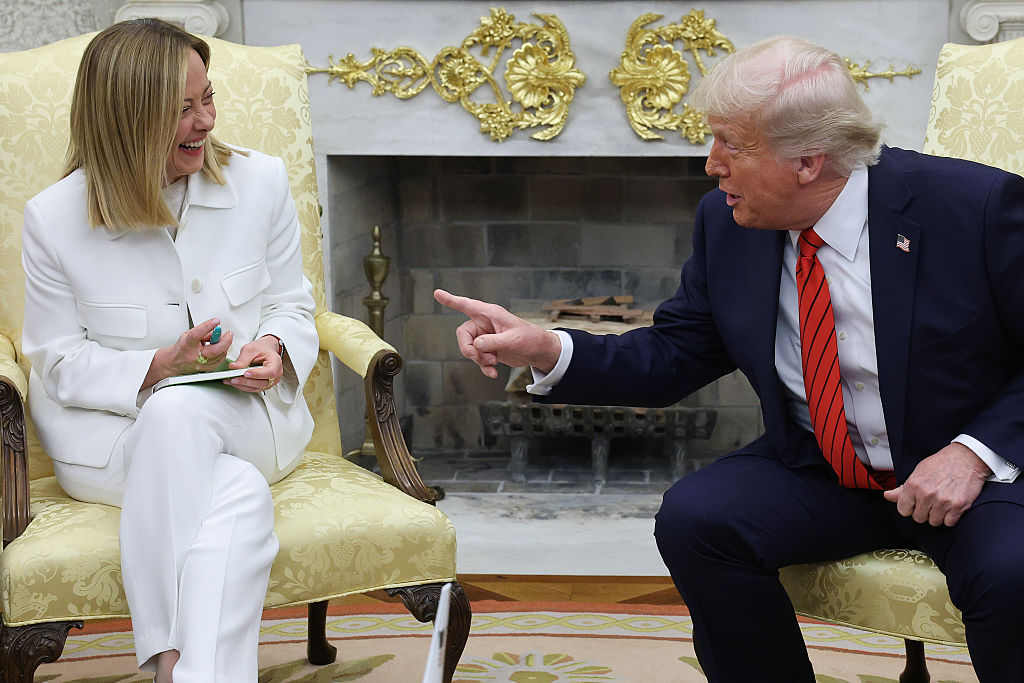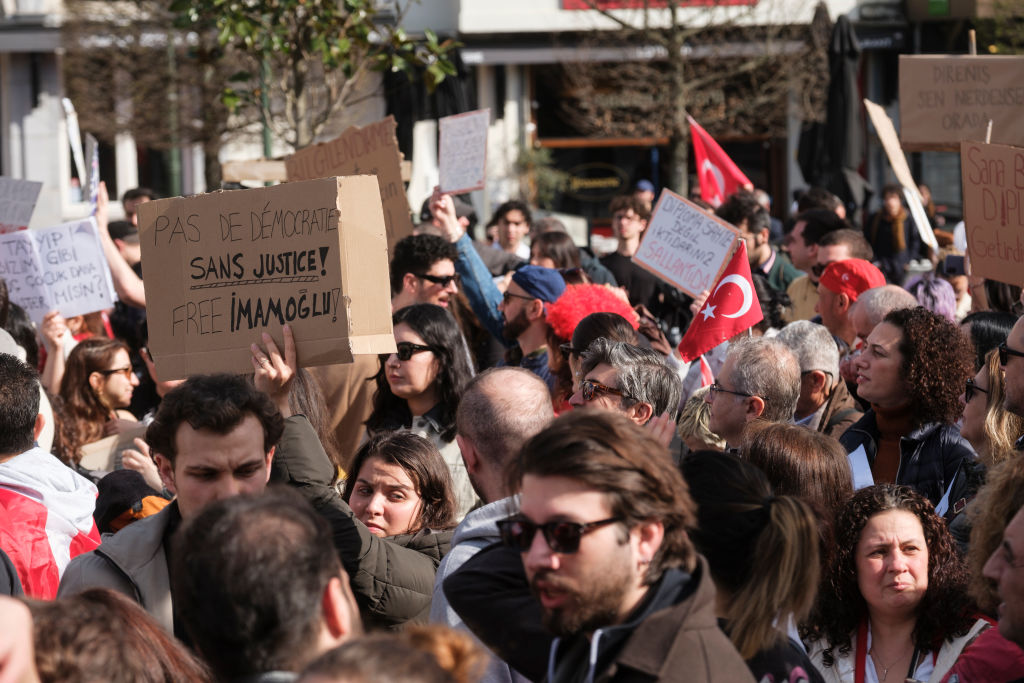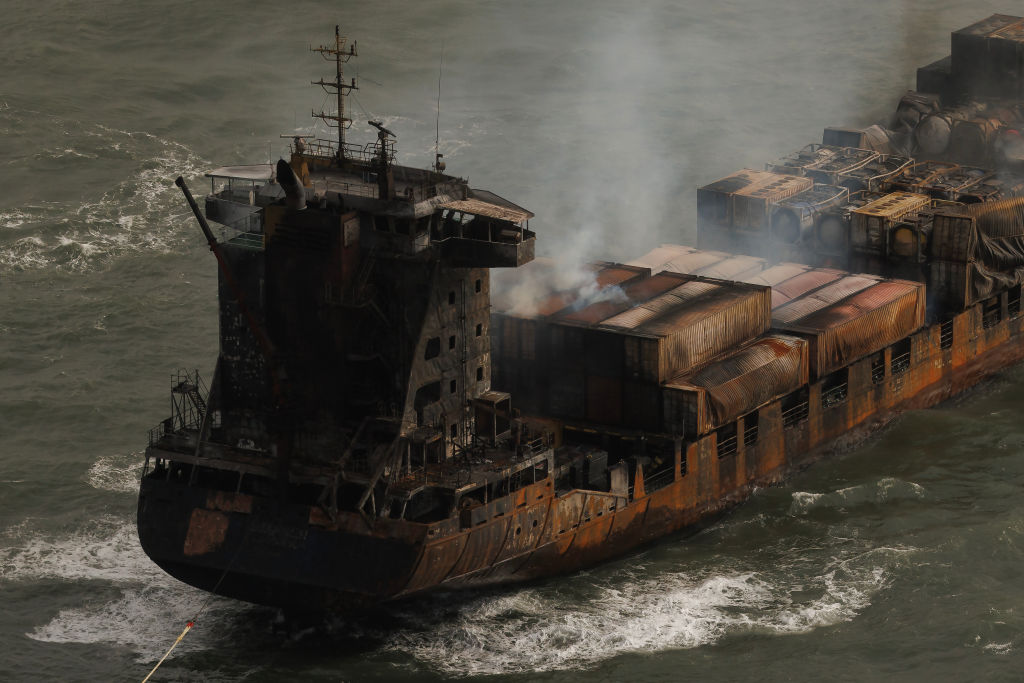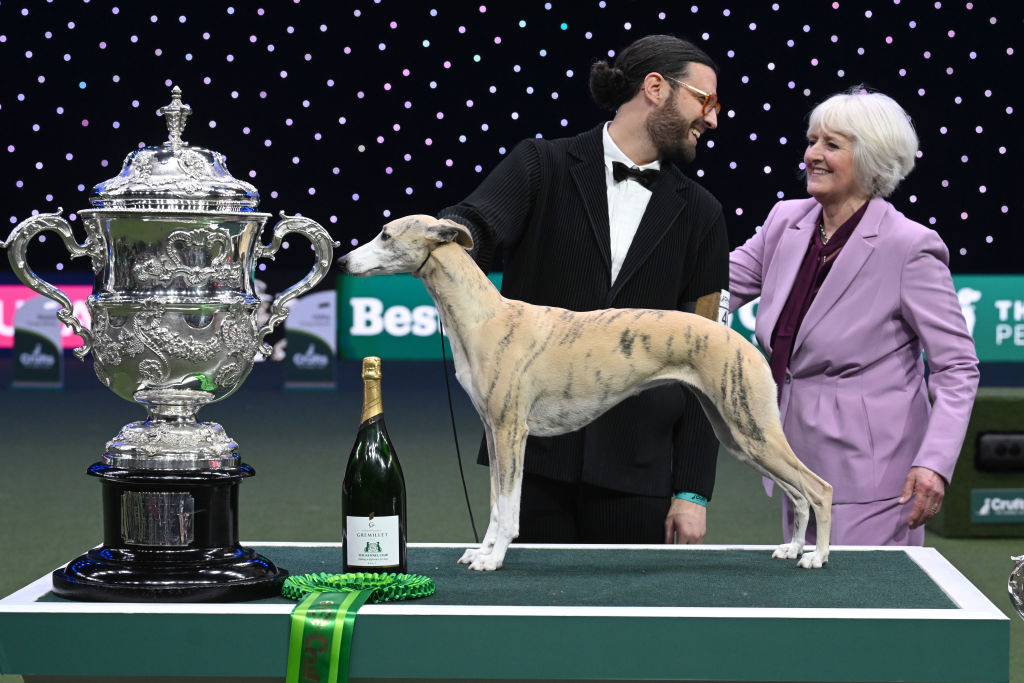Britain and India have clinched a long-coveted free-trade pact after tariff turmoil sparked by US President Donald Trump forced the two sides to hasten efforts to increase their trade in goods including whisky, cars and food.
After three years of stop-start negotiations, the deal between the world’s fifth and sixth largest economies was concluded on May 6 and aimed to increase bilateral trade by a further £25.5 billion (€29.6 billion) by 2040.
Business between the two nations totalled £42.6 billion (€49.3 billion) in 2024. India was Britain’s 11th largest trading partner.
Experts said the British-India pact may represent a model the European Union could adopt to help it to escape Washington’s tariff clutches.
The EU faced 25 per cent US import tariffs on its steel, aluminium and cars and so-called “reciprocal” tariffs of 10 per cent for almost all other goods, a levy that could rise to 20 per cent after Trump’s 90-day pause expires on July 8.
European Trade Commissioner Maroš Šefčovič said on May 6 the EU would use the pause to prepare further rebalancing measures and ensure a level playing field if US talks ended in deadlock.
“All options remain on the table here,” he told the European Parliament.
Indian Prime Minister Narendra Modi said the trade deal with the UK was “ambitious and mutually beneficial”.

British Prime Minister Keir Starmer said the strengthened alliance would reduce economic barriers in a “new era for trade”.
Trump’s tariffs have prompted international efforts across the world including the EU to redouble attempts to seek new trade partners and people familiar with the UK-India talks said the turmoil had sharpened the focus to get a deal done.
On the same day the UK-India deal was announced, US Treasury Secretary Scott Bessent said Trump could announce trade agreements with some of the US’ largest trade partners within days but gave no details on which countries were involved.
He said Washington was negotiating with 17 major trading partners but had not yet engaged with China, the world’s second-largest economy after the US.
Many countries involved had already made “very good” offers and Trump officials were in the process of “re-negotiating” those now, he said.
“I would be surprised if we don’t have more than 80 or 90 per cent of those wrapped by the end of the year and that may be much sooner,” Bessent told the US House Appropriations Committee.
“I would think that perhaps as early as this week we will be announcing trade deals with some of our largest trading partners.
“I expect that we can see a substantial reduction of the tariffs that we are being charged, as well as non-tariff barriers, currency manipulation and subsidies, both labour and capital investment,” he added.
The UK-India pact marked the South Asian behemoth’s opening up of its long-guarded markets, including vehicles, setting an early example for its likely approach to dealing with other major Western powers such as the EU and US.
While the EU’s clear preference was to negotiate a solution with the US, Šefčovič said Washington now needed to show its readiness to make progress towards a fair and balanced agreement.

“We do not feel weak. We do not feel under undue pressure to accept a deal, which would not be fair for us,” he said.
The commissioner said Trump’s tariffs now covered 70 per cent of EU goods trade to the US and that could rise to 97 per cent after further Washington investigations into pharmaceuticals, semiconductors and other products.
Later on May 6, Bloomberg reported that the EU said it planned to hit about €100 billion worth of US goods with additional tariffs if trade talks failed to deliver a satisfactory result for the bloc.
The proposed retaliatory measures would be shared with member states as early as May 7 and consultations would last for a month before the list was finalised, the report said, citing people familiar with the matter.
The UK-India free trade deal, meanwhile, also represented Britain’s most significant such agreement since it left the EU in 2020, although the projected boost to British economic output from the agreement by 2040 was relatively small compared to the country’s gross domestic product of £2.6 trillion (€3 trillion) in 2024.
India’s trade ministry said 99 per cent of Indian exports would benefit from zero duty under the pact, while Britain would see reductions on 90 per cent of its tariff lines.
Whisky and gin tariffs would be halved from 150 per cent to 75 per cent, before falling to 40 per cent by the 10th year of the deal, benefiting Britain’s Scotch whisky industry and making the beverage cheaper in the world’s largest whisky market.
The Scotch Whisky Association said the deal would be “transformational” for the industry.
The UK would also remove a tariff on textile imports from India, benefiting that country’s vast apparel industry, which employed millions of workers.
India would also cut automotive tariffs to 10 per cent from more than 100 per cent currently and the UK auto industry body SMMT said it appreciated the considerable effort of negotiators.
Other British goods that would face lower tariffs included cosmetics, aerospace, lamb, medical devices, salmon, electrical machinery, soft drinks, chocolate and biscuits.
Based on 2022 data, India’s tariff cuts would amount to more than £400 million (€470 million), which were expected to more than double after 10 years.
Britain’s Confederation of British Industry (CBI) said the deal was a “beacon of hope amidst the spectre of protectionism”.
The two governments did not publish the text of the pact, which was subject to legal checks, signing and ratification. Modi invited Starmer to India in a call welcoming the conclusion of the substantive talks.
The agreement also covered rules of origin regulations, giving access to manufacturers to lower tariffs even if they used inputs from other places and included provisions on procurement, allowing British firms to compete for more contracts in India.
Perhaps in relation to the considerations of free-trade pacts with global players other than the US, also on May 6 Chinese President Xi Jinping said Beijing was ready to work with EU leaders to expand mutual openness and “properly handle” frictions and differences, the official news agency Xinhua reported.

His remarks came on the 50th anniversary of diplomatic ties between China and the EU as they worked to thaw ties amid global trade uncertainty fuelled by the sweeping US tariffs.
Xi did not mention Washington in his remarks but China has been keen to forge closer economic and political links with Europe to limit the damage from Trump’s tariffs on most of its exports to the US.
“Healthy, stable China-EU ties not only promote mutual achievements but also illuminate the world,” he said.
